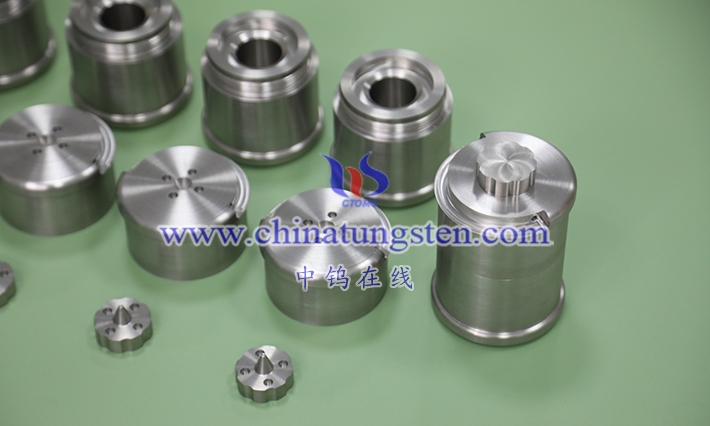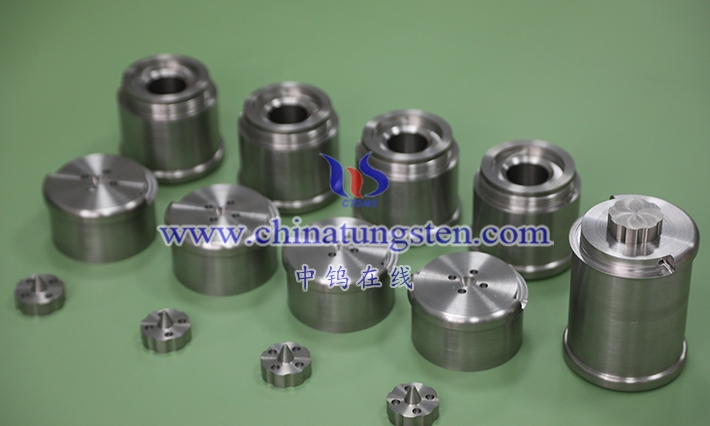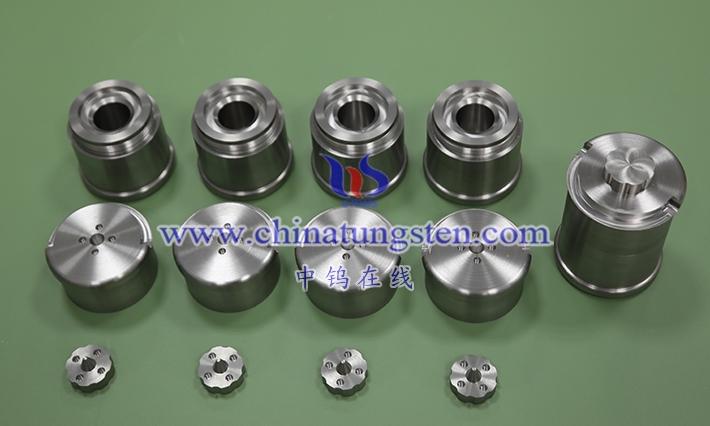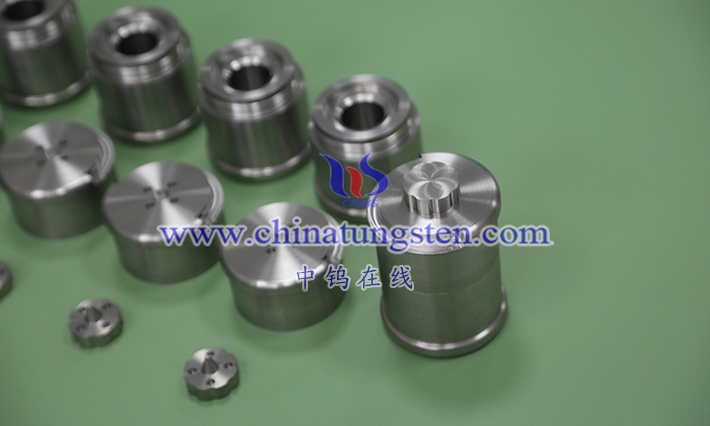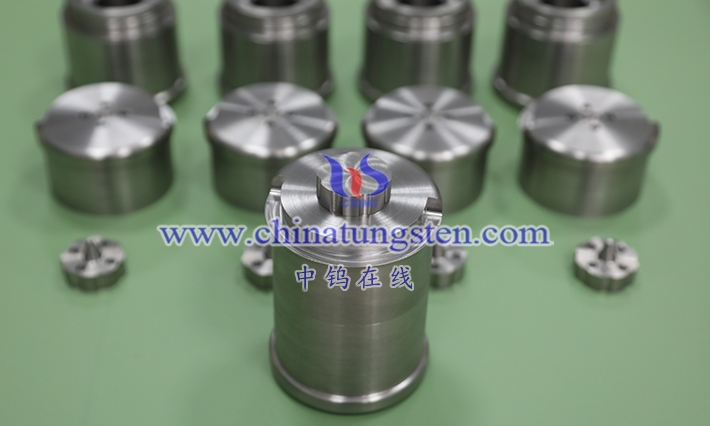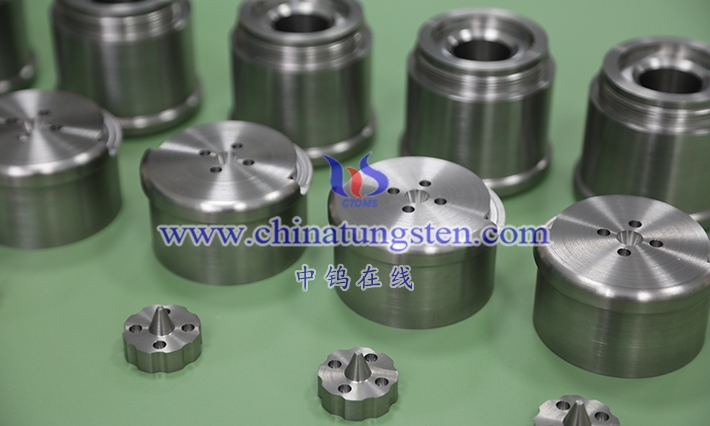Tungsten alloy shielding components typically have a long service life. However, whether they need to be replaced regularly depends on several factors, including the usage environment, radiation intensity, physical wear, and material aging. Below are the main factors that affect the lifespan of tungsten alloy shielding components and considerations for their replacement:
- Radiation Intensity and Attenuation
• Radiation Attenuation Effect: The primary function of tungsten alloy shielding components is to absorb and scatter radiation. Tungsten alloy’s shielding performance does not significantly degrade over time, but in extremely high radiation environments, the material’s microstructure may be affected. Nevertheless, tungsten alloy has excellent radiation resistance, and performance degradation due to radiation itself is rare.
• Regular Inspection: For equipment in high-radiation environments, it is still necessary to periodically check the appearance and structure of tungsten alloy shielding components to ensure there are no cracks, wear, or other damage. - Physical Wear and Mechanical Damage
• Hardness and Durability: While tungsten alloy has high hardness and density, it may suffer surface damage or deformation due to external forces, such as impact or friction, over time.
• Equipment Usage Frequency: If the tungsten alloy shielding components are used frequently in medical equipment, minor physical damage may occur, particularly during equipment maintenance and operation. Therefore, regular inspections are needed to ensure that no external forces have caused a decline in performance.
• Surface Wear: In some cases, wear or oxidation on the surface of the shielding components can affect their effectiveness. Periodic checks and necessary surface treatments (such as polishing or coating repairs) should be carried out. - High-Temperature Environment Impact
• Long-Term Exposure to High Temperatures: While tungsten alloy has excellent high-temperature resistance, long-term exposure to high-temperature environments (e.g., inside X-ray tubes or CT scanners) could cause changes to the material’s microstructure.
• Heat Treatment and Aging: High-temperature environments may accelerate the aging process of certain tungsten alloys, especially near high temperatures and radiation sources. Regular monitoring and checks of tungsten alloy shielding components used in high-temperature environments can help prevent potential performance degradation. - Oxidation and Corrosion
• Oxidation Resistance: Tungsten alloy is highly corrosion-resistant, but under high temperatures or specific environments, slight oxidation may occur on the surface, particularly if the shielding components lack adequate protective treatment.
• Surface Treatment Maintenance: To ensure the long-term stability of tungsten alloy shielding components, especially in certain medical environments (e.g., high humidity environments), periodic checks and surface repair treatments may be required. - Service Life and Replacement Cycle
• Long Service Life: The chemical stability and physical properties of tungsten alloy grant it an exceptionally long service life, especially when not subjected to external damage. It can typically last for many years without the need for replacement.
• Replacement Cycle: The actual replacement cycle for tungsten alloy shielding components depends on the specific usage conditions, equipment maintenance frequency, and safety requirements. For most medical equipment, regular replacement is not needed, and it is only considered if noticeable damage or performance decline occurs. - Regular Inspections and Maintenance
Although tungsten alloy shielding components have a long lifespan, to ensure they continue to provide effective radiation protection, it is advisable to perform the following inspections and maintenance regularly:
• Visual Inspection: Check the surface of tungsten alloy shielding components for cracks, scratches, oxidation, or other damage.
• Performance Testing: Use radiation measurement tools to assess the shielding effectiveness and ensure compliance with safety standards.
• Surface Repair: If surface wear or corrosion is detected, polishing or other repair measures may be needed.
Conclusion
Tungsten alloy shielding components generally have an extremely long service life, especially with proper use and maintenance, potentially lasting for many years. However, whether regular replacement is needed depends on the usage environment and specific equipment requirements. In high-radiation or high-temperature environments, despite tungsten alloy’s excellent durability, regular inspections and maintenance are necessary to ensure continued effective radiation protection. If damage, wear, or surface aging is detected, timely repairs or replacement are essential for maintaining safety.
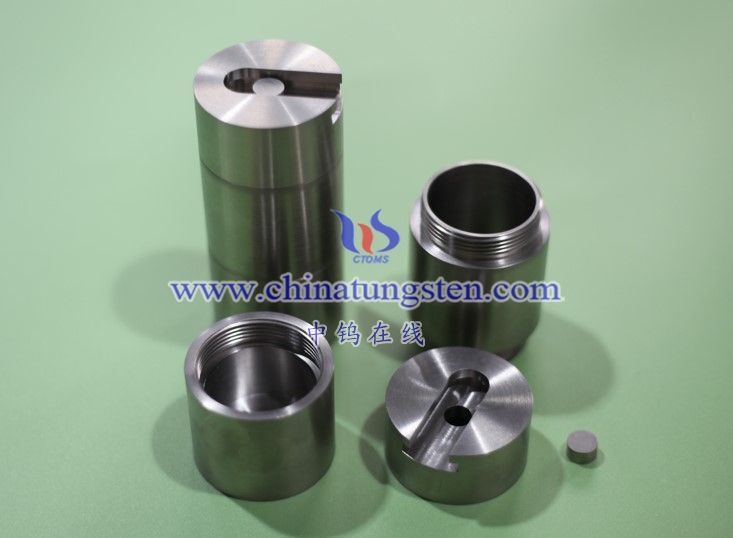
Customized R&D and Production of Tungsten, Molybdenum Products
Chinatungsten Online and CTIA GROUP LTD have been working in the tungsten industry for nearly 30 years, specializing in flexible customization of tungsten and molybdenum products worldwide, which are tungsten and molybdenum design, R&D, production, and overall solution integrators with high visibility and credibility worldwide.
Chinatungsten Online and CTIA GROUP LTD provide products mainly including: tungsten oxide products, such as tungstates such as APT/WO3; tungsten powder and tungsten carbide powder; tungsten metal products such as tungsten wire, tungsten ball, tungsten bar, tungsten electrode, etc.; high-density alloy products, such as dart rods, fishing sinkers, automotive tungsten crankshaft counterweights, mobile phones, clocks and watches, tungsten alloy shielding materials for radioactive medical equipment, etc.; tungsten silver and tungsten copper products for electronic appliances. Cemented carbide products include cutting tools such as cutting, grinding, milling, drilling, planing, wear-resistant parts, nozzles, spheres, anti-skid spikes, molds, structural parts, seals, bearings, high-pressure and high-temperature resistant cavities, top hammers, and other standard and customized high-hardness, high-strength, strong acid and alkali resistant high-performance products. Molybdenum products include molybdenum oxide, molybdenum powder, molybdenum and alloy sintering materials, molybdenum crucibles, molybdenum boats, TZM, TZC, molybdenum wires, molybdenum heating belts, molybdenum spouts, molybdenum copper, molybdenum tungsten alloys, molybdenum sputtering targets, sapphire single crystal furnace components, etc.
For more information about tungsten alloy products, please visit the website: http://www.tungsten-alloy.com/
If you are interested in related products, please contact us:
Email: sales@chinatungsten.com|
Tel: +86 592 5129696 / 86 592 5129595
